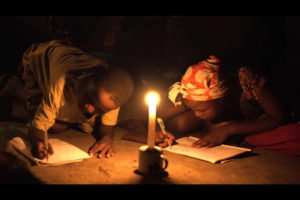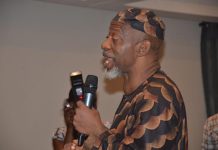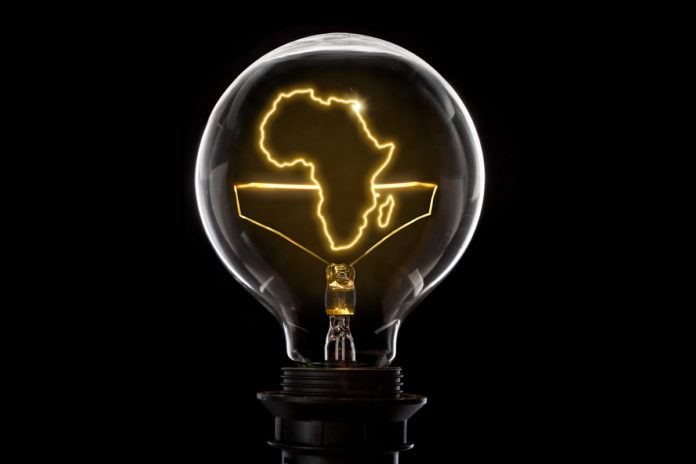Across 36 African countries, just 2 in 5 people have access to a reliable supply of energy throughout the day, according to a new study by research network Afrobarometer. Marred by insufficient capacity, poor reliability and high costs, the energy infrastructure in Africa is still problematic, with 25 nations in sub-Saharan Africa facing “a crisis,” according to The World Bank.

In some countries – Burundi, Chad, Liberia, Malawi and South Sudan – less than 10 percent of people have access to electricity at all. Overall, 625 million people are without power in sub-Saharan Africa alone — that’s 68 percent of the population, according to the International Energy Agency.
Huge Potential
The continent accounts for 13 percent of the world population, but only 4 percent of the energy demand. Africa is rich with fossil fuels and renewable resources, but they are not evenly distributed. Only 12 percent of people in Guinea, for example, have an electricity supply that works all the time compared to 100 percent of Mauritians. The 48 countries that make up sub-Saharan Africa generate roughly the same amount of power as Spain.
But there are signs of improvement: in Ethiopia, access to electricity has risen from 13 percent of the population to 27 percent. In Nigeria, it’s gone up from 45 to 56 percent.
Renewable energy investments are on the rise, and hydropower has a huge unlocked potential: while it already represents one fifth of the overall production, only 10 percent of the estimated potential is being utilized, according to The Wold Bank.
Excessive Costs
The rising cost of electricity means manufacture is slowing down, and limited access to electricity is affecting investment decisions and potential growth, according to KPMG.
For citizens this means regular blackouts, clinics left without the tools they need to save lives and vulnerable security systems.
On average, only 69 percent of households that are connected to the grid, actually have electricity that works most or all of the time, Afrobarometer found.
Despite the serious connectivity issues, only 13 percent of Africans listed electricity supply as the biggest issues facing the country; unemployment, health and education were the top three answers in Afrobarometer’s report.
Future Investment
Major investments are underway. The World Bank’s Africa Energy project portfolio currently carries 48 projects totalling US$3 billion. Ugandan energy company Umeme is reportedly dedicating $80 million dollars to upgrading its network. And Kenya could house the largest wind farm in Africa if the 40,000 acre Lake Turkana Wind Power Project is completed.
It’s not just institutions that are providing relief, but even wealthy individuals: Hip hop artist Akon announced plans to help provide electricity to some 600 million Africans without power in 2015. Akon Lighting Africa has now reportedly installed solar solutions in 14 African countries.
The world’s largest concentrated solar power plant was switched on in Morocco in February 2016, harnessing the power of the African sun. The complex, opened in February 2016, is the first of several phases. Morocco is investing heavily in renewable energy to reduce its dependency on fossil fuels. The plant uses concentrated solar power technology which is more expensive to install than photovoltaic panels, but able to store energy for nights and cloudy days. This plant is expected to increase the share of renewable energy in total electricity generation from 13% to 42%.
First Published on CNN. By Phoebe Parke




























